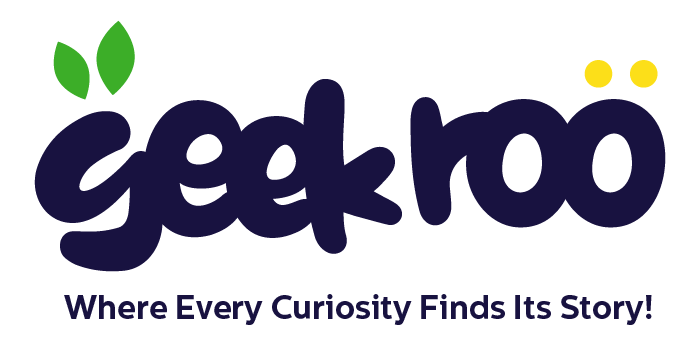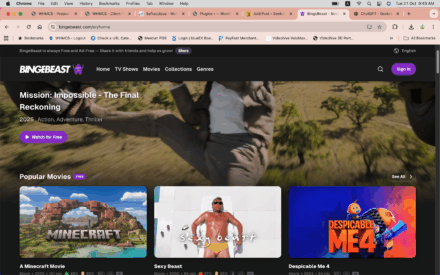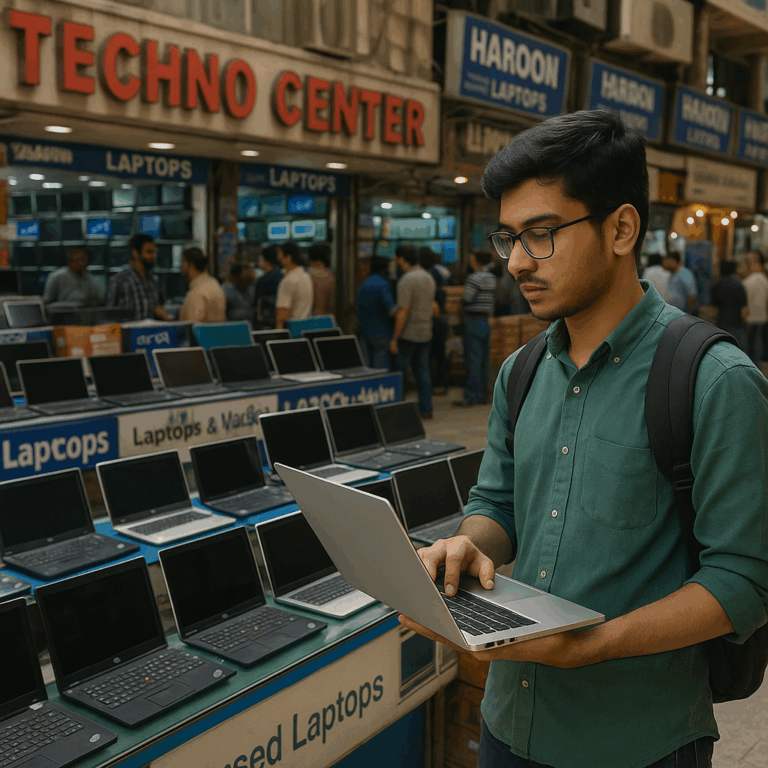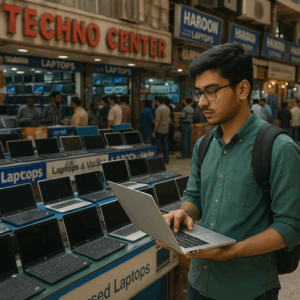Understanding AI’s Place in Design
AI as an Assistant, Not a Replacement
The fundamental principle to remember is that AI should serve as a tool to enhance human creativity, not replace it. Here’s why:
- Limitations of AI-Only Design:
- AI struggles with accurately reproducing specific graphic solutions and fonts 1
- Generated designs often contain visual clichés and nonsensical elements
- Lacks emotional intelligence and empathy crucial for effective design 2
- Human Elements That AI Cannot Replicate:
- Intuition and emotional intelligence in design decisions 3
- Original creativity and innovative thinking 4 5
- Cultural understanding and contextual awareness 6
- Empathy and deep perception of user needs 7

AI tools serve as assistants in the design process
Effective AI Integration in Design Workflows
Current AI Tools and Their Proper Use
- Professional Design Software:
- Adobe Sensei and Firefly for automated tasks and generative content 8
- Canva’s AI features for layout and design suggestions 9 10
- Specialized tools like Autodraw and Let’s Enhance for specific tasks
- Logo Development Tools:
- Looka for customized logo creation 11
- Hatchful for business-specific logo options 12
- Tailor Brands for comprehensive branding solutions 13
Best Practices for AI Integration
- Automation of Routine Tasks:
- Use AI for repetitive elements like image resizing
- Automate basic color matching and font suggestions 14
- Employ AI for initial template creation
- Enhanced Efficiency:
- AI-enhanced projects deliver results twice as fast 15
- Reduced time spent on mundane tasks
- Improved workflow optimization 16
The Essential Role of Professional Designers
Why Human Designers Remain Crucial
- Creative Leadership:
- Vision and strategic direction
- Original concept development
- Brand storytelling and emotional connection
- Quality Control:
- Ensuring design coherence
- Maintaining brand consistency
- Validating AI-generated outputs
- Client Relationship Management:
- Understanding client needs
- Interpreting feedback effectively
- Providing strategic consultation
Balancing AI and Human Design
Creating an Effective Workflow
- Initial Design Phase:
- Human designers lead concept development
- AI assists with research and inspiration
- Professional designers set creative direction
- Production Phase:
- AI handles routine tasks and automation
- Designers focus on creative refinement
- Continuous quality assessment
- Final Implementation:
- Human oversight of all deliverables
- Professional validation of design solutions
- Strategic implementation decisions
Benefits of Human-AI Collaboration
- Enhanced Productivity:
- Faster project completion
- Improved efficiency in routine tasks
- More time for creative work
- Better Outcomes:
- Higher quality designs
- More innovative solutions
- Stronger brand alignment
- Cost-Effectiveness:
- Reduced time on routine tasks
- Optimized resource allocation
- Improved project efficiency
Avoiding Over-Reliance on AI
Guidelines for Balanced Usage
- Set Clear Boundaries:
- Define specific tasks for AI assistance
- Maintain human control over creative decisions
- Regular review of AI outputs
- Maintain Professional Standards:
- Never rely solely on AI-generated designs
- Use AI as a supplementary tool
- Prioritize human creativity and expertise
- Continuous Learning:
- Stay updated with design trends
- Develop core design skills
- Understand AI capabilities and limitations
Conclusion
The key to successful graphic design and logo development lies in understanding that AI is a powerful assistant but not a replacement for professional designers. The most effective approach is to leverage AI’s capabilities while maintaining the irreplaceable human elements of creativity, empathy, and strategic thinking. Professional designers should embrace AI as a tool that enhances their workflow while continuing to rely on their expertise, creativity, and human touch to deliver exceptional design solutions.













1 Comment
Comments are closed.